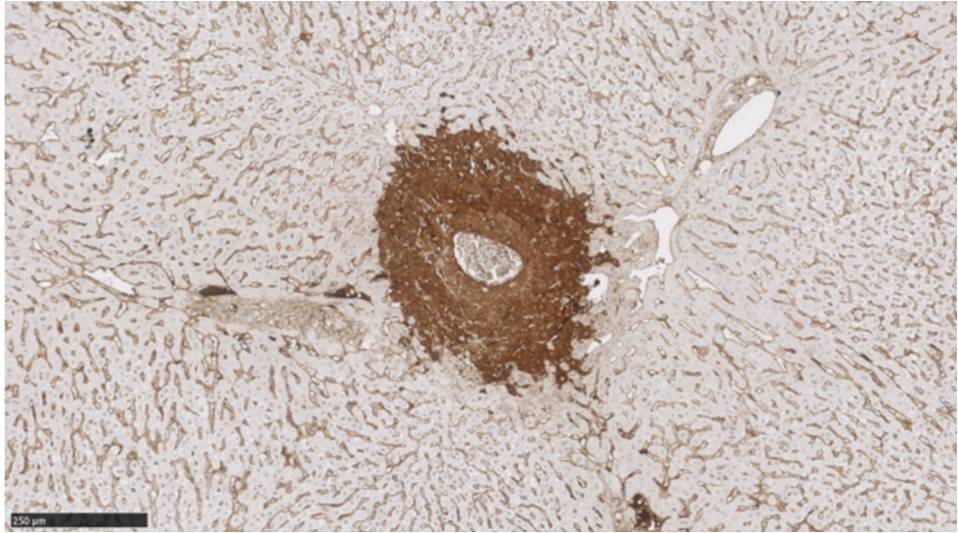Non-thermal radiofrequency ablation could open new paths for the treatment of cardiac arrhythmias
Non-thermal radiofrequency ablation could open new paths for the treatment of cardiac arrhythmias
According to the latest studies carried out by researchers from the Biomedical Electronics Research Group directed by Antoni Ivorra, and according to a recent review published in the journal Expert Review of Cardiovascular Therapy together with cardiologists of the Mayo Clinic (USA).

Tissue ablation techniques are an alternative to surgical removal. The application of these techniques destroys the cells of pathological tissue without the need to remove it.
There are several physical methods to bring about tissue ablation. In most cases, these methods are based on temperature increase or decrease. Among these thermal methods are radiofrequency ablation, microwave ablation, laser interstitial thermal therapy, high-intensity focused ultrasound, and cryosurgery.
In cardiology, radiofrequency ablation is a commonly used procedure for the treatment of cardiac arrhythmias. Generally, this procedure is applied with minimal invasiveness without the need for general anaesthesia. Unfortunately, radiofrequency ablation is not without complications, some of them serious, such as the risk of clot formation and the risk of myocardial perforation due to the generation of vapour bubbles.
Irreversible electroporation: an emerging ablation technique that manages to destroy tissue cells without temperature coming into play
One of the lines of research in which the Biomedical Electronics Research Group (BERG) has been working recently, directed by Antoni Ivorra at the Department of Information and Communication Technologies (DTIC) at UPF, is on so-called irreversible electroporation, an emerging ablation technique that manages to destroy tissue cells without temperature coming into play. Interest in the use of irreversible electroporation in the treatment of cardiac arrhythmias as an alternative to radiofrequency is noted in a review article by Ivorra, together with cardiologists of the Mayo Clinic (US), published this May in the journal Expert Review of Cardiovascular Therapy.
Non-thermal radiofrequency ablation – which would combine the advantages of conventional irreversible electroporation and radiofrequency techniques – is emerging as a new therapy for the treatment of cardiac arrhythmias
Conventionally, irreversible electroporation is performed by applying short pulses (about 100 microseconds) of high electric field (1000 V/cm or more). These pulses have a major drawback: they generate strong nerve impulses in the sensory and motor nerves. This leads to severe muscle contraction and the feeling of pain. “These effects can be minimized, and even eliminated in the case of pain, by administering anaesthetics and muscle relaxers, but this limits the applicability of the technique”.
In addition, just as nerve impulses are generated, cardiac arrhythmias can also be induced”, alerts Ivorra. In a previous study, published in January 2018 led by Quim Castellví, this group of researchers showed that the use of electric fields in the form of radiofrequency waves can cause irreversible electroporation without causing muscle contractions and without leading to a significant increase in temperature.
The use of electric fields in the form of radiofrequency waves can cause irreversible electroporation without causing muscle contractions and without leading to a significant increase in temperature
“If we apply these waves in the form of short bursts, significant heating is prevented. Hence we speak of non-thermal radiofrequency ablation to differentiate it from common ablation, which is thermal”, Ivorra continues. So, non-thermal radiofrequency ablation - which would combine the advantages of conventional irreversible electroporation and radiofrequency ablation techniques - is emerging as a new therapeutic approach for the treatment of cardiac arrhythmias and a new line of research on which professor Ivorra’s team is considering working in the near future.
Related works:
Alan Sugrue, Elad Maor, Antoni Ivorra, Vaibhav Vaidya, Chance Witt, Suraj Kapa & Samuel Asirvatham (2018), “ Irreversible electroporation for the treatment of cardiac arrhythmias”, Expert Review of Cardiovascular Therapy, May, 16:5, 349-360, DOI: 10.1080/14779072.2018.1459185
Quim Castellví, Borja Mercadal, Xavier Moll, Dolors Fontdevila, Anna Andaluz, Antoni Ivorra (2018), “Avoiding neuromuscular stimulation in liver irreversible electroporation using radiofrequency electric fields”, Physics in Medicine & Biology, 31 January, 31; 63 (3):035027. DOI: 10.1088/1361-6560/aaa16f.
